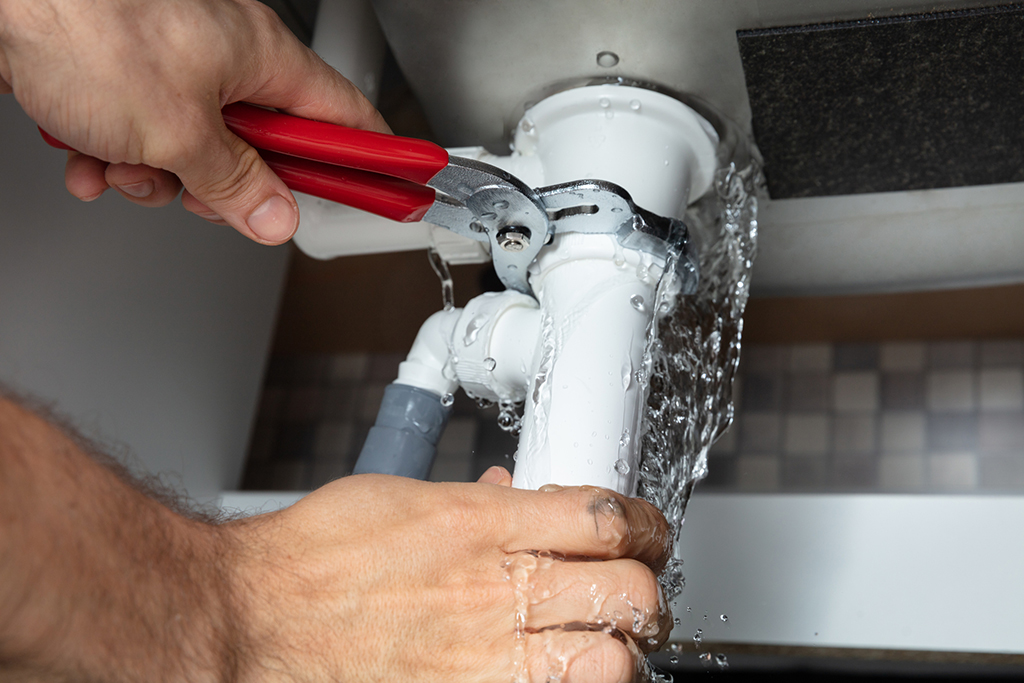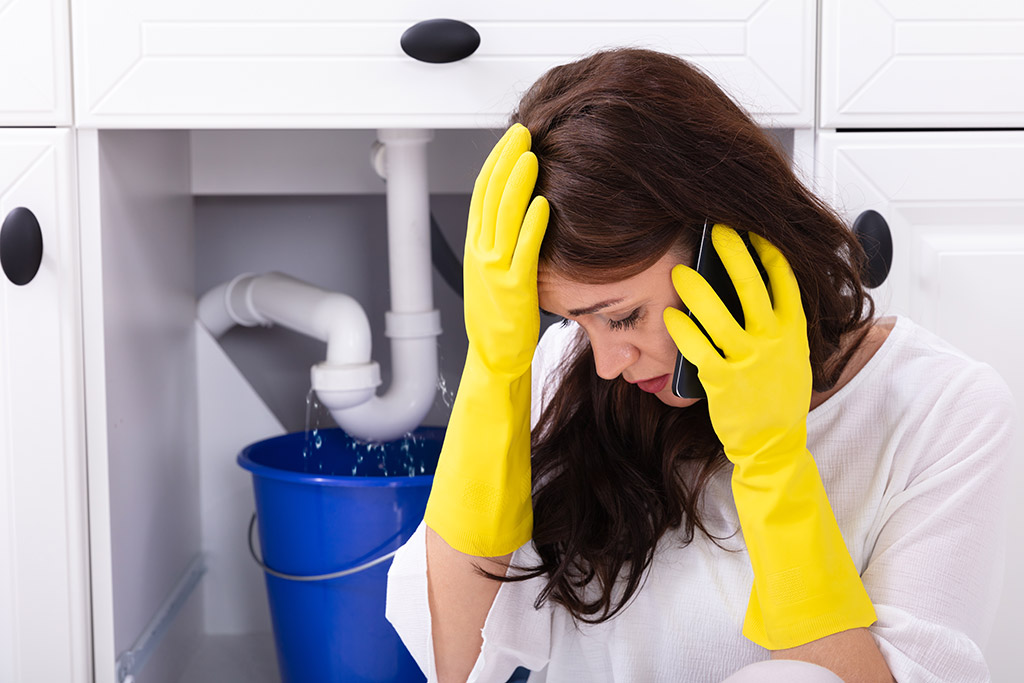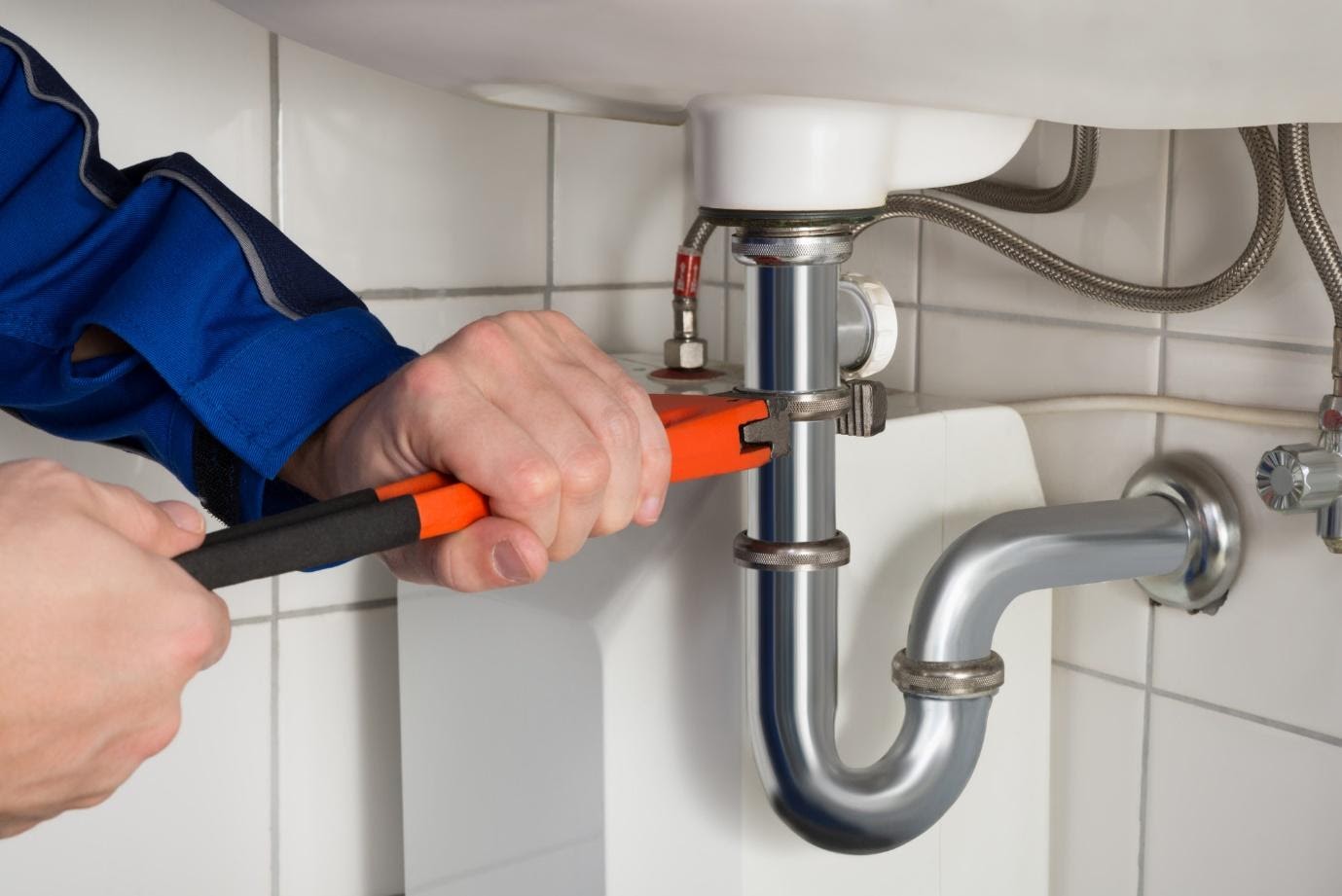There’s something to be said about the appeal of buying an old home. Larger properties, more solid construction, and lower taxes are among the many benefits. This says nothing of the gorgeous architecture and sense of history that older houses often possess.
However, these old homes are not without their drawbacks, especially where plumbing is concerned. Even if the home itself isn’t a fixer-upper, you might still need some special attention to your pipes and plumbing. Don’t believe us? Here are five common plumbing issues that you might experience in an older home.
1. Shifting Pipes and Outdated Drains
One of the most common plumbing issues older homes might deal with is shifting pipes. Pipes drilled into a concrete slab or that lie beneath the house shift over time. Combine this with outdated drain technology that relies on gravity to ensure proper drainage, and sharp dips can occur within the pipes.
These dips in the piping are known as pipe bellies. Pipe bellies restrict water flow and create pools that might clog your pipes, leading to slow draining and even sewer odors. None of these are preferable.

2. Outdated Fixtures and Connections
When you purchase an older home, you can expect that the fixtures, valves, and connections might be worn down or outdated. Years upon years of constant use lead to corrosion, wear, and tear. These faulty fixtures can restrict water flow, cause leaks, or prove difficult to turn.
If these worn connections happen on the sink or bathtub knobs, they might prove annoying. If they happen on something like your water heater, the leaks can have devastating consequences. From a lack of hot water in the home to severe water damage and flooding, water heater repair will be the least of your concerns.
3. Pipes Made from Old Materials
Most older homes will have pipes made from materials not in common use nowadays. Today’s materials are much less prone to decay, and thus safer for long-term use. However, even homes built as recently as the nineties might hide pipes made from materials that are no longer up to current building codes.
If your house is particularly old, your pipes might have lead in them. This can pose severe health risks to adults and children alike. Even newer pipes might be made from copper or galvanized iron run the risk of rust and decay as their protective zinc coating wears away.
Once corrosion and rust enter your water, it will become undrinkable, even if you filter it. Not to mention, it will turn an appealing shade of bright orange that stains any white sinks or tubs you have.
4. An Inconsistent Repair History
As hard as it may seem to believe, we did not always live in an era where someone’s full professional criteria were searchable in an instant. We didn’t always have licensed professionals for plumbing repair, and even when we did, we didn’t always have the means to follow up on their credentials. This means that many plumbing repairs in older homes were undertaken by local handymen or the homeowner themselves.
As with any DIY repairs, you run the risk of the process having been done incorrectly. Think of the last time you assembled an IKEA couch and how many times you put something together backward. Now, imagine applying that to your plumbing.
From backward fixtures to haphazard pipework, from showers sloped improperly to unsecured pipes, any one of these mistakes could lead to significant repair costs down the line. Speaking of…
5. Difficult Repairs
You might be hard-pressed to discover any of these common plumbing issues or the emergencies they breed before it’s too late. By the time you discover them on your own time, you may have a situation that requires you to replace sections of your plumbing. In severe cases, this may necessitate replacing the plumbing throughout the entire house, which can proper incredibly expensive.
It would be best to have plumbers research the history of the home or inspect it thoroughly to get out in front of any potential issues.

When to Hire a Plumber for These Issues
As you may have noticed, most of these common plumbing issues stem from the materials or construction of the pipes in your older home. While not always an immediate cause for concern, they may require professional attention sooner rather than later. Here are some common warning signs that you might need to hire a plumber for an emergency in the near future:
- A consistent moldy or mildewy scent
- Discolored or foul-smelling water
- Gurgling or dripping sounds from your pipes
- Moisture on your walls or floors
If you notice any of these common warning signs, you should reach out to a professional plumber right away. Preferably one who specializes in working with older homes, as they often have demands that newer plumbers can’t meet.
Reviewing the Common Plumbing Issues of Older Houses
So, let’s recap: What are some of the most common plumbing issues an older house can face? Older houses might have worn, corroded, or outdated pipes and fixtures. They may also have a questionable repair history, and the plumbing itself can prove difficult to repair. The pipes may also have shifted from their original positions, causing a host of issues.
However, despite all these issues, you can still invest in the old house of your dreams as long as you take proper precautions and have a plumber inspect it thoroughly before you move in. If you need more tips on how to deal with moving into an older house and the repairs you might need to make, check out our blog each day for more articles like this one!





